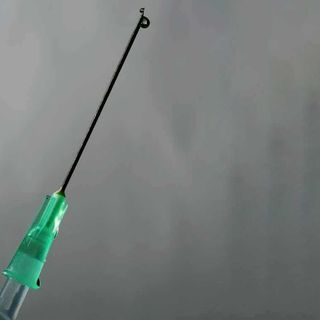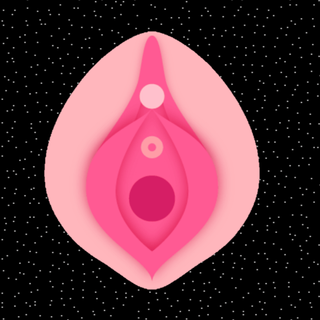Why is it some adults can consume alcohol their entire lives without getting addicted to it, while some are more likely to cross the line from social drinking — and the occasional binge drinking — to compulsive drinking?
This is the question researchers at the U.S.’s Vanderbilt University and The Salk Institute set out to investigate. During a study initially aimed at observing how binge drinking alters the brain to drive compulsive drinking habits, the researchers chanced upon a surprise discovery: “In the process, we stumbled across a surprising finding where we were actually able to predict which subjects would become compulsive based on neural activity during the very first time they drank,” Cody Siciliano, assistant professor of pharmacology at Vanderbilt and author on the study, said in a press release.
The researchers introduced male mice to a “binge drinking experience,” and again at later points, and tracked the development of compulsive drinking habits in them. They found that even when the mice were given the same opportunity to drink, they split into three distinct categories: light, heavy, and compulsive binge drinkers (those that continued to drink despite the alcohol having a negative effect on them).
Using highly advanced calcium imaging techniques and miniature microscopes, the researchers were able to study the luminescence caused by neural activity in the brains of the mice during the very first time they drank alcohol. (Calcium forms a very important part of the neuron’s axon, hence, the calcium imaging to detect activity.) The brighter the neural activity, the less likely the mouse would go on to become a compulsive drinker. On the other hand, the neural activity of the mice who later went on to become compulsive drinkers was dulland actually decreased when they first had alcohol.
Related on The Swaddle:
Alcohol Abuse Is a Spectrum; From Social Drinking to High‑Functioning Alcoholism
“Interestingly, the differences in neural activity were observed during the very first drinking experience, well before compulsive behaviors emerged, allowing researchers to predict ahead of time which subjects would go on to display problem drinking behaviors,” states the study’s press release. These observations, published in the journal Science, helped the researchers identify a unique biomarker — a circuit between the “medial prefrontal cortex and brainstem,” which is central for the development of compulsive drinking. The researchers plan to use their findings as a springboard to expand their understanding of drug abuse in humans.
This study not only opens up a whole new area for further research about alcohol addiction, but it can potentially also change the way we think about it. “Society holds a narrow, stigmatized view of alcoholism, aided by exaggerated portrayals of addicts in popular culture — they slur their words, stumble around, wreck their professional and romantic lives, and are not dependable,” Rajvi Desai wrote for The Swaddle earlier this year in a report about alcohol abuse lying on a spectrum; this latest study brings this stereotype of the alcoholic under scrutiny. After all, if there’s a biomarker, a circuit in one’s brain, that pre-decides whether or not someone will become an alcoholic, it’s more than just bad choices then, isn’t it?




